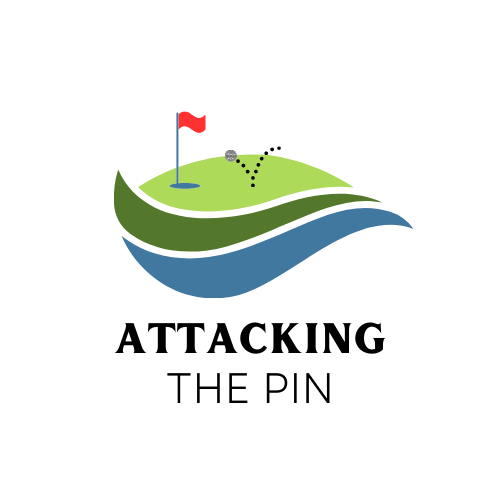When it’s time to change your grips, you can save a lot of money if you do the work yourself. Once you’ve learned how to change grips, it’s a simple process. With the right tools and instructions, it can be done quickly and easily to remove golf grips. Start by letting go of things you used to hold on to. The steps for taking off the grips are shown below.
Golf grips can help you improve your game. How to change them without breaking your favorite set of clubs is a question. Fortunately, there are several ways to get golf grips off without hurting or tearing the material, so they can be reused and recycled on other clubs. Three golfer-approved ways to remove golf grips safely and quickly are shown below.
How to remove golf grips?

Air Compression
Insert a small air compressor nozzle into the small hole in the cap of your golf club grip. This procedure essentially blasts the grips off of your golf clubs with compressed air, leaving them intact when it’s done.
Make sure the club grip gets some air so that it can separate from the glue. When doing this step, be careful, because a strong blast of air could tear the grip, making it useless in the future.
Remove the nozzle from the club and slide the grip off with care.
Grip Removers
Remove the spring-rod grip with a tool called a spring-rod grip remover. There are a lot of different types of golf equipment out there that can help you get rid of old grips. Adding to that, a solvent to remove adhesives, like paint thinner or acetone, will also be needed. Place the solvent in a bottle that you can squeeze.
Keep your club in a standing position, with the grip on the ground, and keep it there for as long as possible. It’s best to hold the club against your body with a firm grip.
Insert the spring-rod grip remover tool under the grip’s rim and twist it in the same way as the grip wrapping to get the tool under the grip’s wrapping. Extra force can make the grip fall apart.
Soak the space between the club and the grip with solvent. If you do this, the adhesive will break down and it will be easier to get the grip off. When the tool comes out of its grip, keep adding solvent and moving it inside the grip until it does.
Pull out the gripping tool. Twist the golf club in the opposite direction of the grip wrapping until it comes off, then let it go. Use a club cleaner to get rid of any extra adhesive that was left behind by the grip.
Solvent Pump
Fill half of a canister with acetone or another solvent that can be used to remove adhesive. Make sure the needle from the canister goes into this space between the club and the grip.
When the glue that holds the grip to the club is broken, acetone should be poured into the space between them.
Insert the needle into several places around the shaft of the golf club to remove all of the glue. Repeat Step 2 until the club is free of glue and the grip comes off.
Warnings
When you’re working with solvents like acetone, you should always wear safety gear. This includes gloves, a respirator, and safety goggles.
Be careful with the air compressor too much pressure can cause the grip to tear. Handle grips with care when removing them. You don’t want to damage the material.
Important Things to Know About Golf Grip
Golf Grip Shape
Golf grips come in a variety of shapes, such as round, ribbed, and alignment. When it comes to grips, the shape is usually round. This means that the grip can be placed in any way you want. Ribbed grips have a small ridge that runs along the shaft’s spine. This rib, which is also called a “reminder,” helps players figure out where the bottom of the grip is, so they can put their hands where they need to be.
Golf Grip Feel
Most golf grips are categorized by how they feel. Soft, medium, and firm are the three most common types of grips, but there are also other types. The way the grip feels is a big personal choice. Firm grips give the hands more information when they hit something. Using soft grips helps to lessen the impact and make the hand feel more comfortable. Players with arthritis or hand pain will benefit from grips that are soft or bigger. Make sure the golf club you choose has a strong core and low torque output so you don’t have to twist your body during the swing.
Golf Grip Profiles
A tapered grip, one with less taper, and one with no taper are all types of golf grips. All swing grips were tapered in the past. However, in recent years, players have found that adding more tape to the lower part of the grip can help them stop over-gripping, which improves swing control and accuracy. Non-tapered grips have the same diameter all the way through. Reduced taper grips make it look like there are more tape wraps in the lower hand.
Golf Grip Size
Most grips are available in standard sizes, which will fit most hands. There are, however, many grips that are designed for players with smaller or larger hands. If the grip you’re using feels uncomfortable or is causing your hand pain, try a different size grip. You can also use a wrap to add more girth to a standard-size grip.
Final thoughts

There are a few different ways to remove golf grips without damaging the material. Each has its own set of warnings and precautions that should be taken into consideration.
Choose the method that works best for you and get started on giving your clubs a new look. If you’re having trouble removing the grips, it might be time to replace them.






